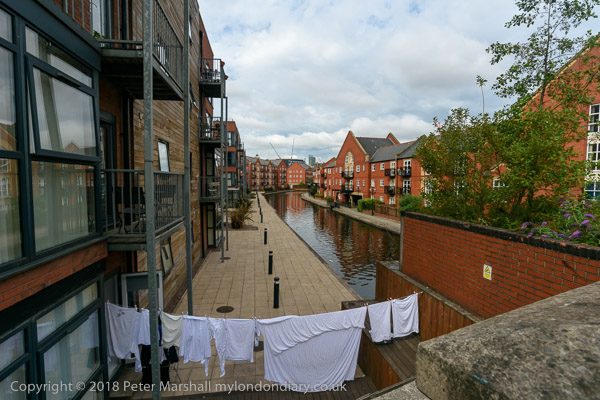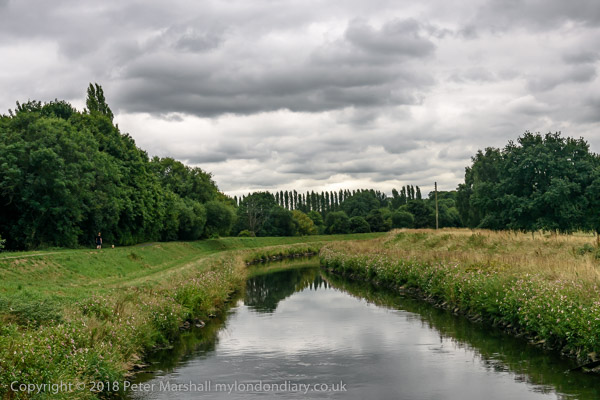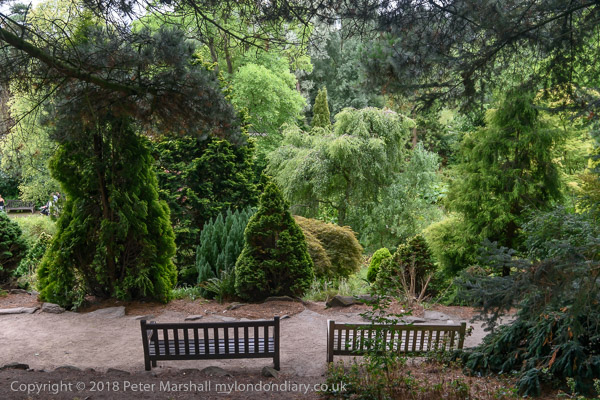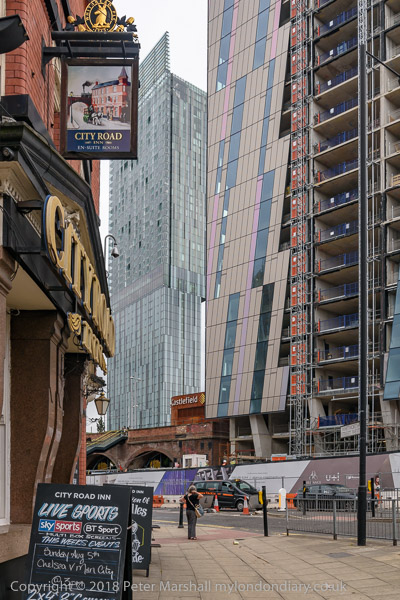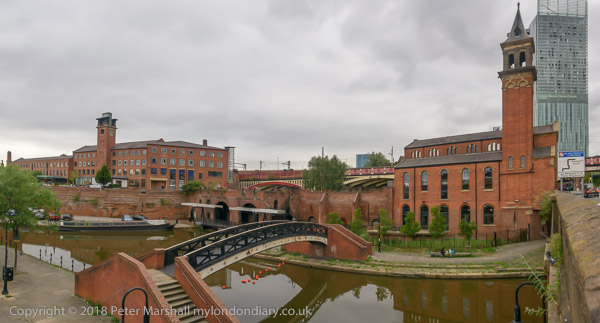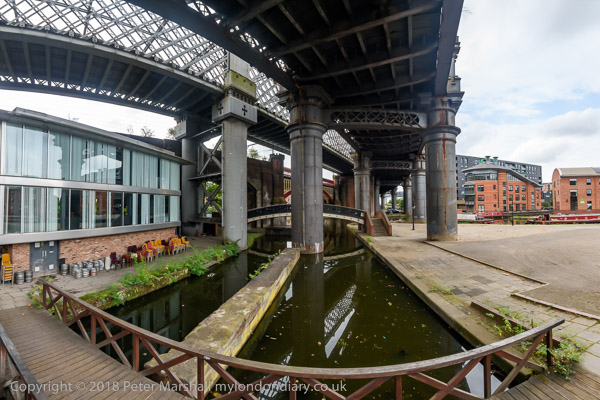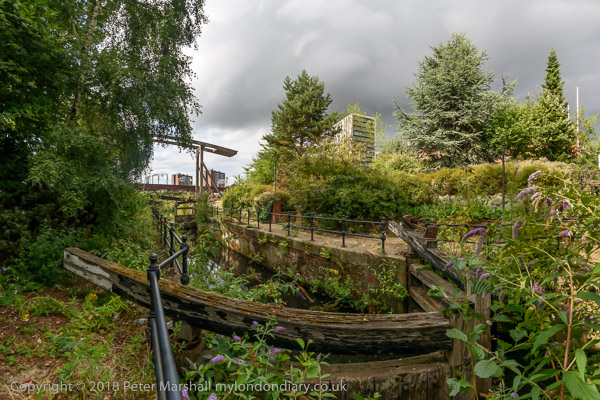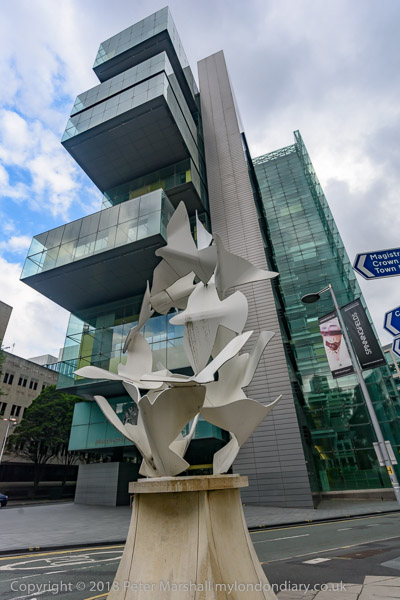Around Shooters Hill Road: Continuing my walk on Saturday 20th January 1990 which began with the previous post, Westcombe Park and Blackheath 1990.
This is an area full of mostly large houses, and this, at 1B Shooters Hill on the corner of Vanbrugh Terrace – the A2 ancient main road Watling Street from London to Dover via Canterbury – is one of the larger and is extended by the substantial conservatory.
According to its Grade II listing it was “built by Benjamin Cooke the cooper and shipowner of Dock Head, Bermondsey, about 1850” though the glazed conservatory was a later extension.
One of a long line of large houses on the north of Shooters Hill Road Grade II listed as 7-33 Shooters Hill Road. The listing is rather vague about dates, stating “2nd quarter of C19” and is mainly about the relatively minor differences between the pairs of houses mentioning the extra windows of 19 and its pair 21 at each side of the tympanum – probably why I chose this pair as one of two I photographed (the other not online.)
I turned northeast from Shooters Hill up Stratheden Road, to photograph this impressive row of late Victorian large semi-detached houses leading up to St John the Evangelist Church. Two of the blocks at 15-17 have been joined with a new central entrance as Bardon Lodge.
St John the Evangelist Blackheath was designed by Arthur Ashpitel (1807–1869) in a largely Perpendicular style and was completed in 1853. It was built as a landmark to be seen from the west as the centre of the Vanbrugh Park development and is Grade II listed.
This house immediately to the south of St John’s Church in St John’s Park was then surrounded by far more overgrown vegetation than now. There are two similar detached houses here and this is No 32. I saw it as a villa in some Gothic mystery – and may have deliberately chosen the viewpoint to exaggerate this.
These two detached villas are both locally listed and were built in 1873.
I’m rather surprised I didn’t photograph the rather fine pub on the corner as I turned from Stratheden Road into Vanbrugh Park, but my next frame was of these three storey houses at 30 and 31 Vanbrugh Park – there is another pair to their left.
I think these are probably late Victorian, built after many of the others in this street.
Originally this was a semi-detached house, but the left half was lost with the construction of the ‘Sun in the Sands’ roundabout to take Shooters Hill Road over the the Rochester Way Relief Road which opened in 1988.
More pictures from Charlton in a later post.
Flickr – Facebook – My London Diary – Hull Photos – Lea Valley – Paris
London’s Industrial Heritage – London Photos
All photographs on this page are copyright © Peter Marshall.
Contact me to buy prints or licence to reproduce.



















